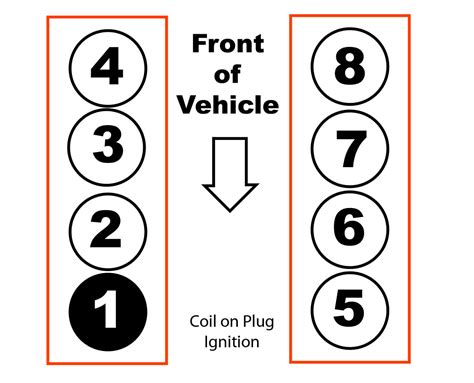Monero (XMR), NEAR Protocol (NEAR), Circulating Supply
Monero’s Quiet Renaissance: A Closer Look at Its Circulating Supply and Potential
As cryptocurrency enthusiasts continue to navigate the ever-changing landscape of digital assets, it’s important to examine the current market dynamics and key metrics that can help us make informed decisions.
One such aspect is the circulating supply of Monero (XMR), a private asset that has seen a remarkable resurgence in recent times. As you delve deeper into this article, you’ll learn about Monero’s unique features, its connection to the NEAR protocol (NEAR), and its circulating supply index.
What is Monero?
Monero, also known as XMR, is a decentralized cryptocurrency that uses the RandomX algorithm to secure transactions. Its primary goal is to provide a more secure and private way to conduct financial transactions compared to traditional cryptocurrencies like Bitcoin and Ethereum.
Circulating Supply: A Key Metric
Monero’s circulating supply refers to the total number of existing XMR units in circulation. This metric is key because it directly impacts the value of the asset, as more units make it more attractive to investors and users.
According to data from CoinMarketCap, the current circulating supply of Monero is approximately 14.5 million XMR. This number has been steadily increasing over time, reflecting the growing interest in the cryptocurrency among users and investors.
Monero’s NEAR Protocol Connection (NEAR)
The NEAR Protocol is an open-source, decentralized blockchain platform that enables the creation of scalable, secure, and efficient applications. As part of its ecosystem, Monero has partnered with NEAR to integrate its private assets into the platform.
This integration allows users on the NEAR network to easily convert their XMR to other assets or use them for transaction fees. Additionally, the partnership facilitates seamless interaction between different blockchain ecosystems, supporting a more robust and connected digital infrastructure.
Circulating Supply Index: A Key Performance Indicator
A popular metric among cryptocurrency investors is the circulating supply index, which tracks the total value of coins in circulation. In this case, we focus on the Monero (XMR) circulating supply index.
As mentioned earlier, the current circulating supply of XMR is 14.5 million units. This number has been steadily increasing over time, which is due to a combination of factors such as increased adoption and market demand.
Conclusion

In conclusion, the circulating supply of Monero (XMR) remains an intriguing aspect of its ecosystem. The continued rise in the value of XMR and its integration with the NEAR protocol have created new opportunities for both users and investors. As cryptocurrency markets continue to evolve, it will be interesting to see how these factors affect the price and adoption of Monero.
Keep in mind that investing in cryptocurrencies comes with risks, and it is imperative to conduct thorough research before making any investment decisions. Always put your financial security first and stay up to date with market developments to make informed decisions.
Disclaimer:
The information provided is for informational purposes only and should not be considered investment advice.



![Metamask: I am not able to buy testnet tokens in Goerli testnet. Even the testlinks are not shown [duplicate]](https://kitchenwireproducts.com/wp-content/uploads/2025/02/a8a2b551.png)